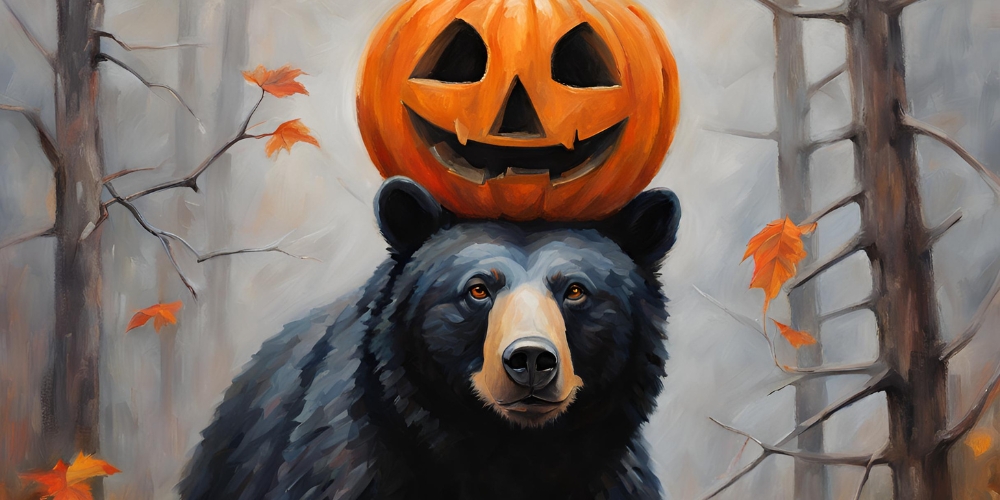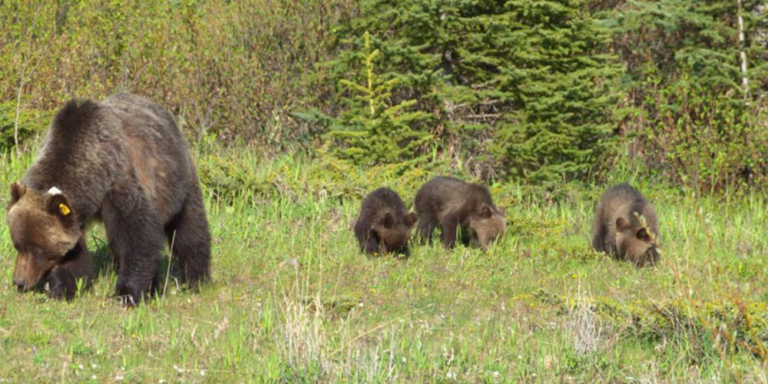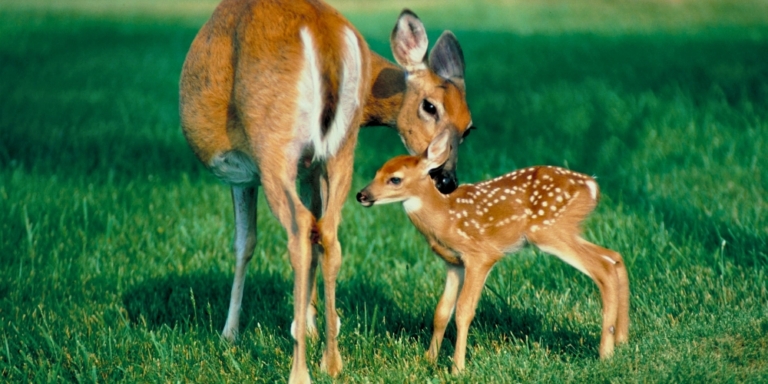Last Halloween, it wasn’t ghosts or ghouls scaring the residents of Westlock.
Residents were frightened after a black bear cub was seen wandering through the town alone. The cub’s mom was nowhere in sight and may have abandoned her cub to fend for herself.
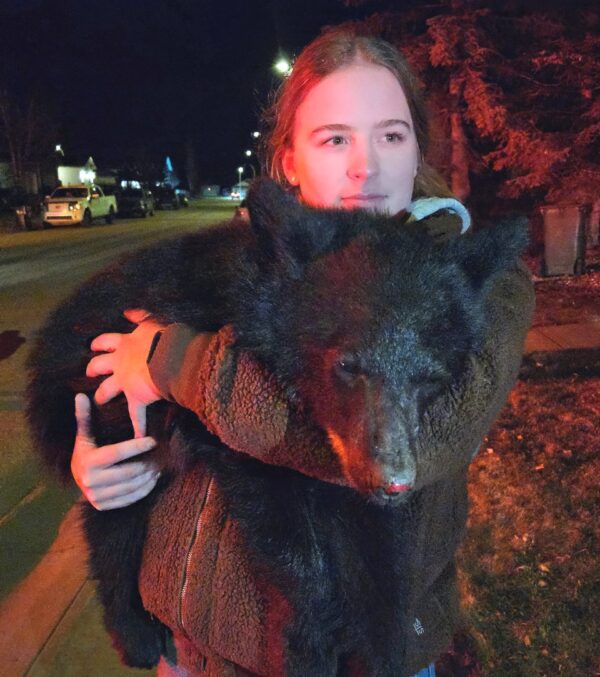
While her choice might sound cruel, it’s important to remember that the wild plays by different rules than us.
In preparation for hibernation, bears eat up to 20,000 calories and put on up to three pounds of weight in a single day.
During hibernation, bears may lose up to 30 percent of their body weight. The average male black bear weighs about 300 pounds, meaning they would lose almost 100 pounds during hibernation.
If a bear does not eat enough to hibernate, it will have to remain active and search for food throughout the winter, which can be fatal.
Most of a black bear’s diet consists of berries and insects, which become very limited during the winter.
Without food, bears are unlikely to survive through the winter. The Halloween cub’s mother may have abandoned him to search for food alone.
It is also possible that the cub’s mother was killed, either by hunters or by a vehicle collision.
Thankfully, the Alberta Institute for Wildlife Conservation (AIWC) near Cochrane was quick to act and captured the small bear, which was extremely underweight.
“We weighed the bear, and we actually found that although he looked very big, he only weighed 28 pounds…that’s very, very small even for a cub of this year,” Terrill told Town and Country Today.
Recovering Well
The adorable black bear cub has had quite the glow-up since it last made headlines in October and is almost ready to be released into the wild.
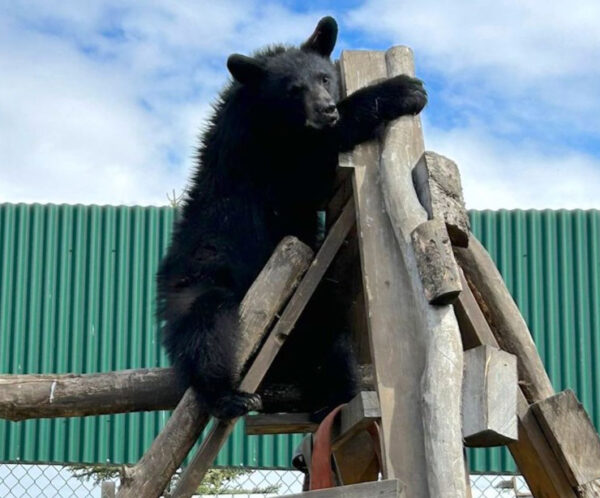

The cub needed to pass a few exams to prepare for his release. One of the exams included a weight check, which he passed with flying colours!
The little bear now weighs more than 132 pounds compared to the 28 pounds he weighed when the AIWC captured him.
He is also lanky, suggesting that the cub still has room to grow. The institute has also taken neck measurements for a GPS collar the cub will wear for a year after release.
The GPS collar will allow fish and wildlife officials to monitor the bear’s status, including his activity and stability.
The cub’s not-so-fashionable collar is designed to fall off after about a year, at which point officials will collect it.
Normally, the AIWC will not release a cub until it is at least 60 pounds; otherwise, the cub will not survive hibernation.
The Halloween cub proved he was up to the task after going into a mini-hibernation from January to the middle of March.
“He did so, so well. We were extremely happy with him because he actually gained enough weight to go into a mini-hibernation,” Katrina Terrill, the AIWC’s acting executive director, told Cochrane Eagle.
After emerging from his mini-hibernation, the cub feasted on various snacks, including dandelions, one of his favourites.
Right Around The Corner
The AIWC plans to release the Halloween cub later this month after the spring bear hunt ends on June 15.
The cub must pass a pre-release exam that includes blood samples, fur samples, paw prints, and a shiny new ear tag to complement his collar.
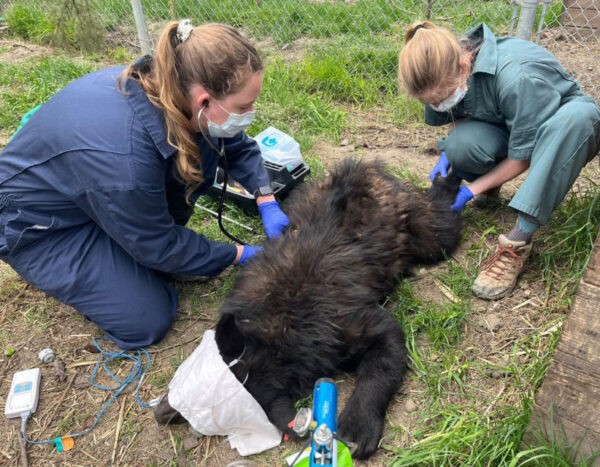

He will be released in a new location near where he was first found in Westlock. From then on, the famous Halloween cub will be on his own.
The hard-working folks at the AIWC will have difficulty saying goodbye, but the cub won’t care. That’s because the AIWC puts a lot of effort into ensuring its rehabilitated animals do not become habituated.
A habituated animal has lost its natural fear of humans. Habituation is dangerous because it can lead to unwanted human-wildlife conflicts.
For example, a habituated black bear might fearlessly wander through a neighbourhood searching for human food sources like fruit trees or garbage.
If a human accidentally startled the bear, it could cause the bear to react defensively and potentially attack.
The caregivers at the AIWC limit their contact with rehabilitated animals to ensure they maintain their fear of humans.
Instead of interacting with humans, the AIWC encourages black bears to interact with other black bears by putting them in the same enclosure.
Thanks to the AIWC’s efforts, the famous black bear cub that made headlines last Halloween is finally ready for release, equipped with the bear necessities.

